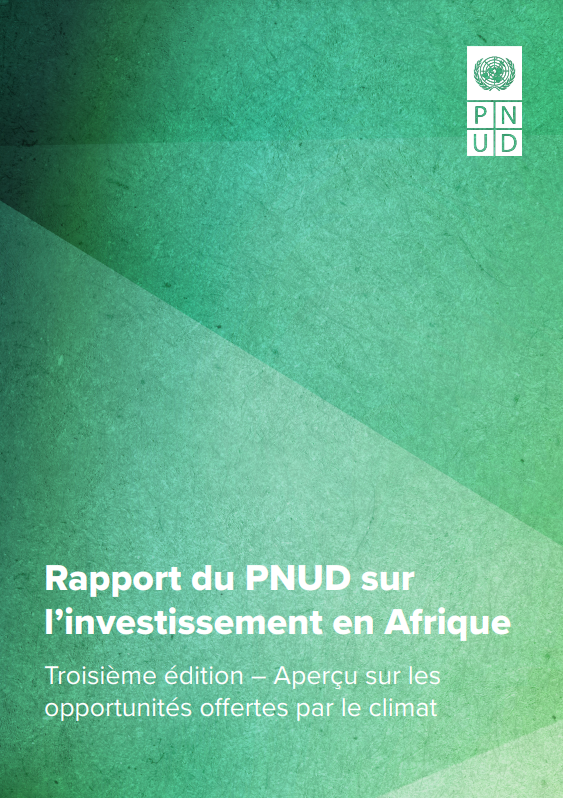Aligning NDCs with green recovery: Guidance framework

The COVID-19 pandemic requires all levels of government to act under great uncertainty and significant economic, fiscal and social pressure. With new waves of infection appearing in many countries since mid-2020 and variants emerging, governments are confronted by their limited ability to sequence policy action.
Nearly two years into the COVID-19 pandemic, the world is experiencing a protracted and divergent recovery. The latest budget increases allocated to environmentally positive recovery measures amount to only 21 percent of the total sums allocated to COVID-19 economic recovery. This means that 79 percent of this funding fails to consider environmental dimensions or, worse, reverses progress on some of them: 10 percent is specifically identified as mixed or negative for the environment and the remaining 69 percent, while not identified as having direct environmental impacts, is unlikely to be environmentally benign. This calculation shows that the recovery will follow a business-as-usual path, rather than bringing us closer to the green transition needed.1
Urgent action is thus required to accelerate the recovery process, while using the opportunity to accelerate the transition to green and resilient economies. Such action would hold warming to below 1.5 C, while also advancing the goal of more equitable and inclusive societies.
The objective of this document is to present a step-by-step framework to support countries to design and assess green recovery and green economy options that build on NDC processes and incorporate climate action.
The following framework aims to:
- help practitioners use existing tools to align NDC measures and climate policies with COVID-19 recovery plans and measures and to streamline financing for key programs;
- help formulate processes to develop sustainable recovery plans by guiding the selection of NDC and other climate measures based on their economic, environmental, and social dimensions; and,
- provide practical implementation guidance by addressing political engagement, financial feasibility and monitoring of green recovery plans.
